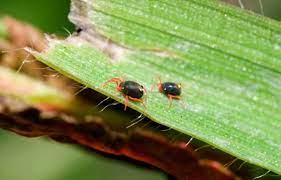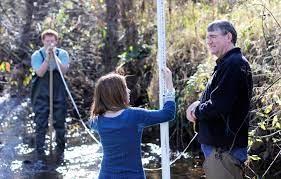Sustainable and Integrated Pest Management
Sustainable pest management happens when pest management strategies are integrated: that is, when all possible effective techniques, including both chemical and non-chemical methods, have been considered to get rid of pests economically, in an environmentally sound manner, and in a way that protects human health.
Government encourages citizens, including growers, to reduce their reliance on and minimize their exposure to pesticides through different programs at the Pest Management Regulatory Agency, who works with partners like Farmers congres, and with pesticide users, to achieve sustainable pest management.
Government also works with the stateses and industry associations on research projects to identify and promote different methods to effectively control pests and prevent infestations, and to identify and provide access to newer, reduced risk pesticides.
In conclusion, while pesticides help protect our food supply, many people are concerned about pesticides on the food they eat.
Small amounts of pesticide residues may stay in or on our food after it is applied, but pesticides ‘break down’ over time, meaning very little residue is left by the time we eat the food.
Read Also : Factors Influencing Pesticide Degradation in Soils
The rate of ‘break down’ depends on the type of pesticide used, the application conditions, and the type of food treated. So, the amount and nature of pesticide residue can be different from one pesticide or food type to another.

Government regulatory agencies are responsible for approving pesticide uses and conditions of use, and for setting Maximum Residue Limits (MRLs) for pesticides.
Food safety is a shared priority between growers, industry, statess and federal organizations. While government agencies work to enforce food regulatory laws, food producers help keep food safe by using and improving on good agricultural and pest management practices.
One key practice is to follow pesticide label directions, because they give instructions for the safe and proper use of pesticides.
This helps keep residues within the limits, helping ensure a safe food supply. Government agencies should engage food producers to participate in a variety of on-farm programs to help put in place effective food safety procedures in their day-to-day operations.
Pesticide residues get into cereals and pulses either through pesticide application to control pest on the field or in storage;
The extent of pesticide residues problems in grains depends on the type of pesticide applied, application environment, and the type of crop
Minimum residue limit (MRL) can be achieved in cereals and pulse if the growers abide by standards set by regulatory agencies.



